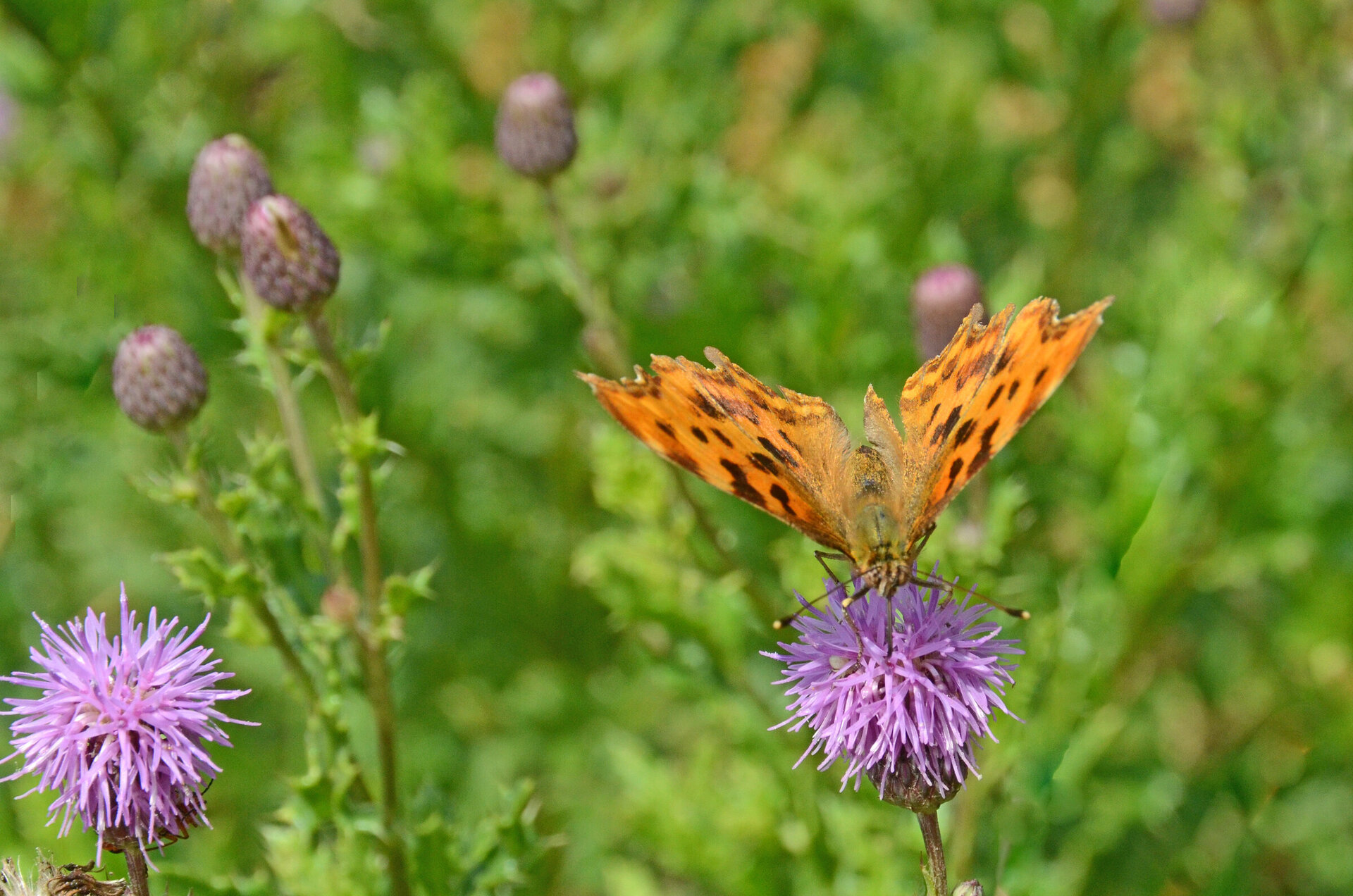Daphne continues...
During this period, I have taken responsibility for managing the land and have made it available to and worked with individuals and institutions interested in the environment. These include a Hedgerow Survey for the Lower Mole Countryside Management Project carried out by local historian and keen supporter of the preservation of the environment, Jack Willis, in which he noted that almost all the surface water from Ashtead village flows into the Rye. The land from Barnett Wood Lane gently slopes to within 100 metres of the watercourse. This area immediately south of the Rye was originally known as The Great Marsh and an Ashtead Court Roll of 1483 makes mention of its clearance, drainage and conversion into pasture land. The system of ditches from Barnett Wood Lane in the south and from Ashtead Common to the north continues to this day and is crucial for the proper drainage of the area. The land from the north of the Rye to the boundary with the houses on the southern border has been designated by the Environment Agency as Flood Plain and so any blocking or filling in of ditches exacerbates the risk of flooding. The oldest hedges are thought to date back to at least 1638.
Contact has been maintained with the Lower Mole Countryside Management Project and one of the boundary hedges was made available to enable a hedge laying exercise to be carried out by a group of volunteers. Subsequently a hedge bordering on Ashtead Common was made available to the Corporation of London for the same purpose.
Advice has been taken and followed from the People's Trust for Endangered Species on the best practice in the management of hedgerows and access has been granted for the study of species who inhabit that environment.
Most recently, the late Peter Firth, a local ornithologist, who had observed birdlife on Ashtead Common for twenty years and produced a monthly diary on his findings, commenced a survey of the 48 acre site. In December 2011, he noted that 38 species had been observed. However, a smaller number of migratory birds than might have been expected have been observed. Since Peter's passing another local keen birdwatcher, Roy Guy, has been maintaining a diary of the species he observes.
In the past help was provided by a number of agencies. More recently this has been replaced by an increasing level of regulation and, due to ever tighter budgets, a diminishing level of support.
The lower area from the northern side of the Rye southwards, much of which is Flood Plain, forms part of a natural corridor along the Rye westwards from Ashtead Common. It has huge potential to provide a mosaic of habitats for many types of wild life and it is this area of approximately 14 acres which is the subject of a proposed long term environmental restoration and development project.
